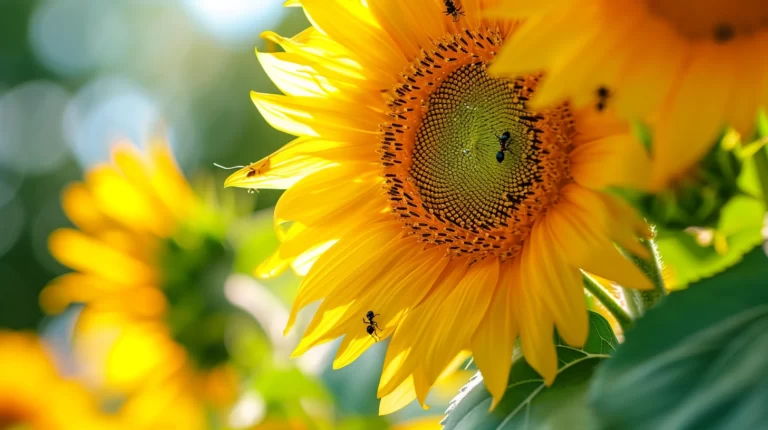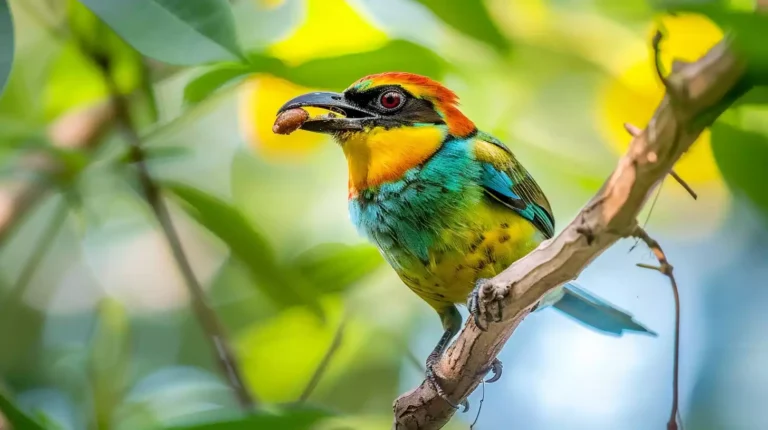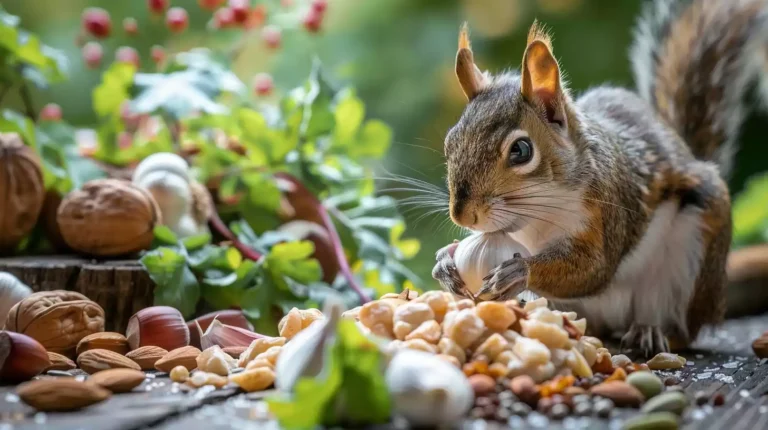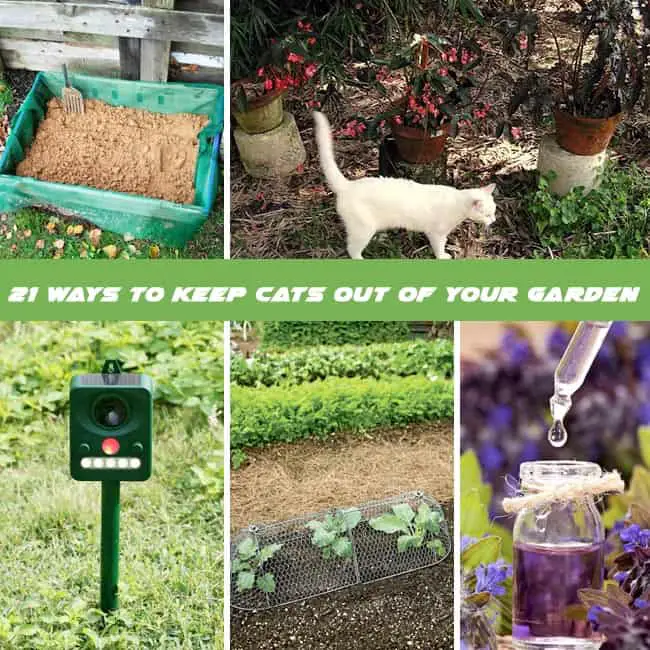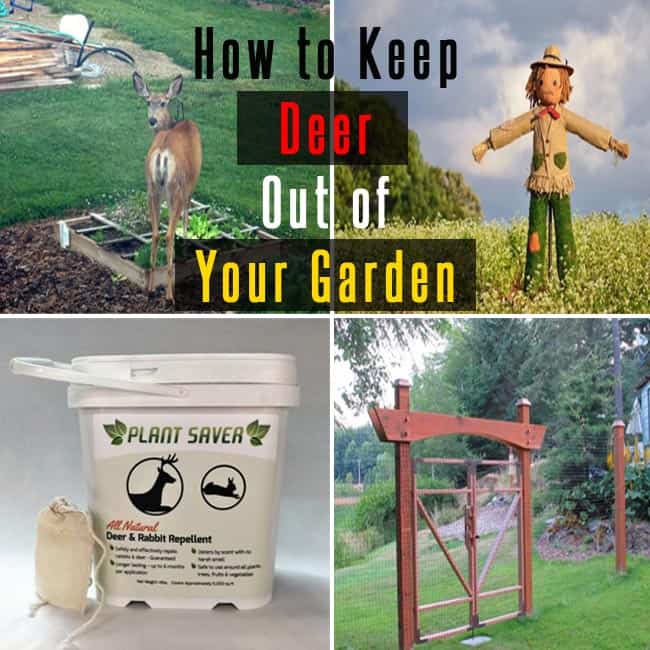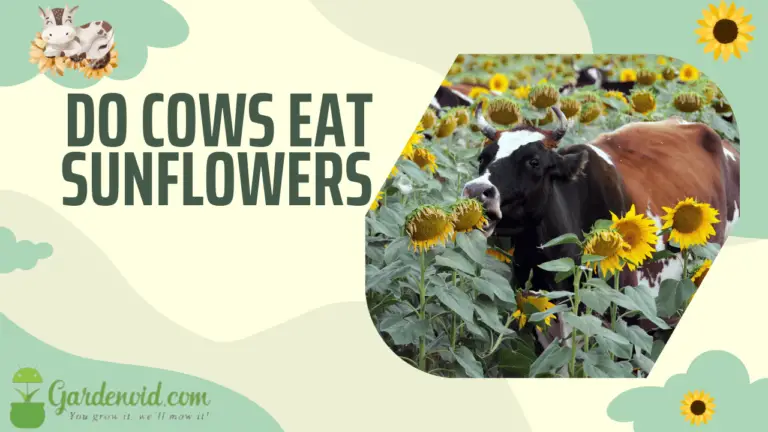Do Deer Eat Sunflowers? (If Yes, Ways To Prevent This!)
Have you ever wondered if deer eat sunflowers? Deer have a particular inclination for these vibrant blooms, posing challenges for gardeners.
There are ways to protect your sunflowers and coexist with these graceful creatures.
Continue Reading to Understand These Key Points:
- Deer are attracted to sunflowers for their nutritional value.
- Deer damage sunflowers by consuming seeds, buds, and leaves.
- Monitoring deer damage signs aids in protection strategies.
- Sunflowers benefit from protection measures against deer grazing.
Deer Preferences Towards Sunflowers
Deer are attracted to sunflowers because of their high nutritional value, particularly in terms of protein and potassium content. Sunflowers contain protein and phosphorous-rich parts that deer find appealing.
They prefer consuming various parts of the sunflower, including seeds, flower buds, and leaves.
Young sunflower plants are especially enticing to deer when other food sources are scarce, leading to significant damage to sunflower crops. Farmers often struggle to protect their sunflower fields from deer due to this attraction.
Understanding deer preferences towards sunflowers can help in implementing effective strategies to mitigate deer damage to sunflower crops by recognizing the nutritional value sunflowers offer to deer.
Identifying Deer Bites on Sunflowers
Upon inspecting sunflowers for deer bites, I noticed a distinct pattern of ripped and torn leaves, indicative of deer feeding.
The scattered feeding marks lack a uniform nibble pattern, often resulting in broken stems and missing flower buds.
Monitoring these damage signs closely can aid in the effective assessment and implementation of deterrent strategies against deer.
Deer Bite Patterns
Although sunflowers display distinctive signs of damage from deer bites, the feeding patterns lack a consistent nibble pattern and often appear scattered. When observing deer bite patterns on sunflowers, one can notice the following:
- Irregular torn leaves suggest deer foraging unpredictably.
- Missing flower buds indicate selective feeding by deer.
- Damaged stems show the force exerted by deer when feeding.
- Scattered damage across the plant signifies widespread deer activity.
- Stunted growth and reduced flowering highlight the detrimental impact of deer attacks on sunflowers.
Understanding these deer bite patterns is crucial in assessing the extent of deer damage and implementing necessary measures for plant recovery.
Damage Assessment Techniques
Noticing signs of deer damage on sunflowers is crucial for assessing the effectiveness of damage assessment techniques. Look for ripped and torn leaves, broken stems, and missing flower heads to determine the extent of deer feeding.
Deer feeding patterns are random and widespread, making the damage appear scattered. To prevent deer attacks, consider planting deer-resistant flora nearby.
Understanding these signs is key to protecting sunflowers from herbivorous animals.
Other Animals Eating Sunflowers
Squirrels and rats are known consumers of sunflower seeds, while bees and butterflies play a crucial role in pollinating sunflowers. Other animals interact with sunflowers in various ways, impacting their growth and survival:
- Bugs and spiders can damage sunflowers, affecting their overall health and appearance.
- Squirrels store sunflower seeds for winter, impacting seed dispersal and plant regeneration.
- Ladybugs and beetles aid in pest control and pollination, contributing to the sunflower’s ecosystem.
- Chipmunks may nibble on sunflower seeds, potentially reducing seed production.
- Rabbits feed on sunflower leaves and stems, affecting the plant’s structural integrity and overall health.
Understanding the relationships between sunflowers and these animals is crucial for maintaining a healthy sunflower population and ecosystem balance.
Keeping Deer Away From Sunflowers
I’ve observed that fencing and scent-based deterrents are effective strategies to keep deer away from sunflowers. Analyzing these deer deterrent techniques, exploring natural repellent options, and considering the use of fencing for protection can help safeguard sunflowers from grazing deer.
It’s crucial to implement these measures to protect sunflowers and ensure their growth and blooming undisturbed by deer.
Deer Deterrent Techniques
To deter deer from sunflowers, use fencing and scent-based deterrents to prevent them from reaching the plants. Important considerations for deer deterrent techniques include:
- Fencing acts as a physical barrier to limit deer access to sunflowers.
- Scent-based deterrents like predator urine or soaps can mask the attractive scent of sunflowers to deer.
Plant sunflowers strategically near areas with human activity to discourage deer presence.
Change the location of sunflower plantings regularly to confuse deer and prevent them from returning.
Avoid having easily accessible food sources near sunflowers to effectively deter deer and protect the plants.
Natural Repellent Options
Planting mint and lavender around sunflowers effectively deters deer.
Other methods include using deer repellent sprays with sulfur or putrid egg ingredients, setting up physical barriers like thorny bushes or fences, employing scare tactics such as motion-activated sprinklers or noise devices, and applying natural repellents like garlic or soap around sunflowers.
These strategies help protect sunflowers from deer damage.
Fencing for Protection
Mint and lavender may naturally deter deer, but for strong protection, an 8-foot tall fence is highly effective in keeping these animals away from sunflowers.
Fences create a barrier, stopping deer from damaging sunflowers. Placing fences strategically around sunflowers significantly reduces deer harm to the plants. Sturdy and well-maintained fencing is vital for protecting sunflowers effectively.
An 8-foot tall fence is ideal for keeping deer out of sunflower gardens, given their jumping ability.
Deer-Resistant Flower Options
When choosing flowers for your garden, it’s essential to consider deer-resistant options to safeguard your blooms from wildlife. Deer can be deterred by certain flowers due to their scent, texture, or taste.
Some deer-resistant options include marigolds, daffodils, snapdragons, peonies, lavender, sage, yarrow, lamb’s ear, and globe thistle. Adding plants like ageratum, salvia, coneflowers, black-eyed Susans, and bee balm can help protect your garden while attracting pollinators.
Here are some deer-resistant flower options:
| Flower | Type | Deer-Resistant Level |
|---|---|---|
| Marigolds | Annual | High |
| Daffodils | Bulb | High |
| Snapdragons | Perennial | Medium |
| Peonies | Perennial | High |
| Lavender | Perennial | High |
Sunflowers and Bee Attraction
Sunflower blossoms, with their vibrant hues and rich nectar, serve as a beacon for bees seeking nourishment and aiding in pollination. The relationship between sunflowers and bees is essential for both, with the bright colors of sunflowers guiding bees to abundant nectar and pollen.
Bees play a crucial role in pollinating sunflowers, contributing to seed production, and ensuring plant reproduction. Sunflowers provide a nutritious food source for bees, supporting their health and population dynamics, while also enhancing pollination in surrounding flora.
Planting sunflowers can help create a bee-friendly environment, fostering a symbiotic relationship where both plants and pollinators thrive.
Protecting Sunflowers From Deer
Encountering deer in sunflower fields poses a challenge for gardeners. Deer are drawn to sunflowers for their nutritional value. Sunflowers aren’t deer resistant, making them vulnerable to browsing.
To protect your sunflowers, install an 8-foot tall fence and use deer repellent sprays. Motion-activated sprinklers can also deter deer. By monitoring deer activity, gardeners can effectively safeguard their sunflowers.
Deer Behavior Regarding Sunflowers
Frequently, deer are strongly attracted to sunflowers due to their high nutritional content, especially protein and potassium. When sunflowers bloom, deer consume the tender leaves, flower buds, and seeds as a preferred food source.
This behavior helps balance their diet when other food is scarce but can result in damage as they often eat young sunflower plants, disrupting gardens.
Watching deer feed on sunflowers can inspire awe at nature’s interconnectedness and concern for the plants. Understanding deer’s preference for sunflowers sheds light on the delicate balance between wildlife preservation and garden care.
Deer grazing on sunflowers inadvertently helps regulate plant growth, contributing to the ecosystem’s cycle of consumption and growth.
Sunflowers Regrowth After Deer Consumption
After deer consumption, sunflower regrowth depends on the extent of stem damage, especially affecting the development of flower buds. Deer often target tender parts like growing tips and flower buds, impeding regrowth.
Sunflowers’ rapid growth is vital for recovery post-deer attacks. Varieties producing multiple flower heads can compensate for lost buds.
Protecting sunflowers from deer through barriers or deterrents is crucial for successful regrowth and blooming.
Final Thoughts
Observing deer interactions with sunflowers provides valuable insights into wildlife behavior and plant protection strategies. The delicate dance between predator and prey is evident in every nibble and leaf torn, highlighting the balance between nature’s beauty and survival instincts.
By understanding and implementing effective deterrents, we can ensure the flourishing of sunflowers and the preservation of their vibrant presence in our gardens.

